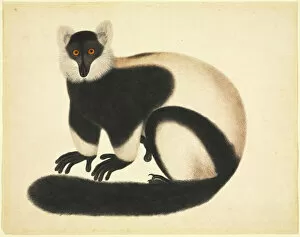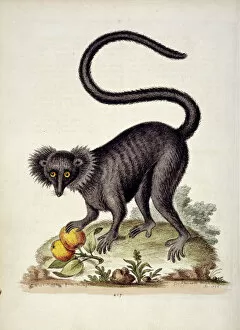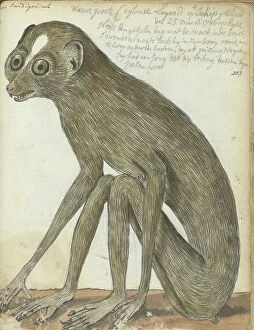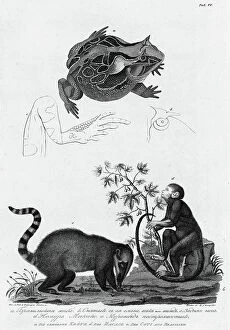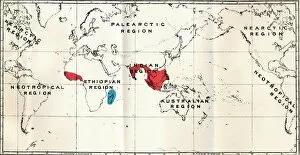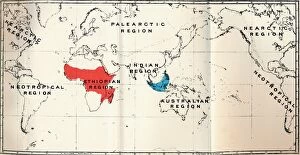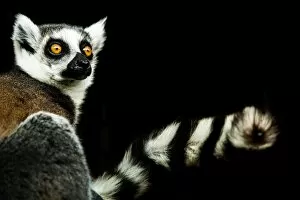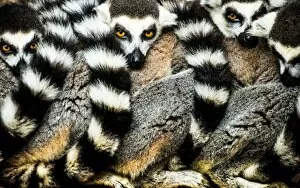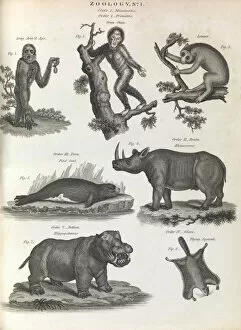Lemuroidea Collection
"Lemuroidea: A Fascinating World of Lemurs and Their Distribution" Lemuroidea, a diverse family of primates
All Professionally Made to Order for Quick Shipping
"Lemuroidea: A Fascinating World of Lemurs and Their Distribution" Lemuroidea, a diverse family of primates, includes various species such as the Varecia variegata or ruffed lemur and Eulemur macaco, commonly known as the black lemur. The distribution of these lemurs can be seen in maps like "Lemuroidea - III" which shows the range of Chiromyidae family and its sub-families. In 1897, another map titled "Lemuroidea - I" depicted the distribution of living (blue) and fossil (red) lemurs. This highlights how these unique creatures have evolved over time. Additionally, "Lemuroidea - IV" showcased the distribution of living (blue) and fossil (red) Anthropoidea, providing insights into primate evolution. Furthermore, other maps like "Lemuroidea - II" revealed the distribution of Tarsiidae (blue), a group related to lemurs, and Galaginae (red). These maps serve as valuable tools for studying their habitats across different regions. Even in places far from their natural habitat like the United Kingdom in Europe, lemurs continue to captivate people's attention. For instance, at Cotswold Safari Park in Oxfordshire, England, visitors can observe Lemuridae members including Lemur catta or ring-tailed lemur up close. The significance of lemurs extends beyond observation; scientific illustrations like that of Lemur foetus provide valuable information about their anatomy. Similarly, Linnaean taxonomy from 1823 offers insight into early classifications within this fascinating primate family.

